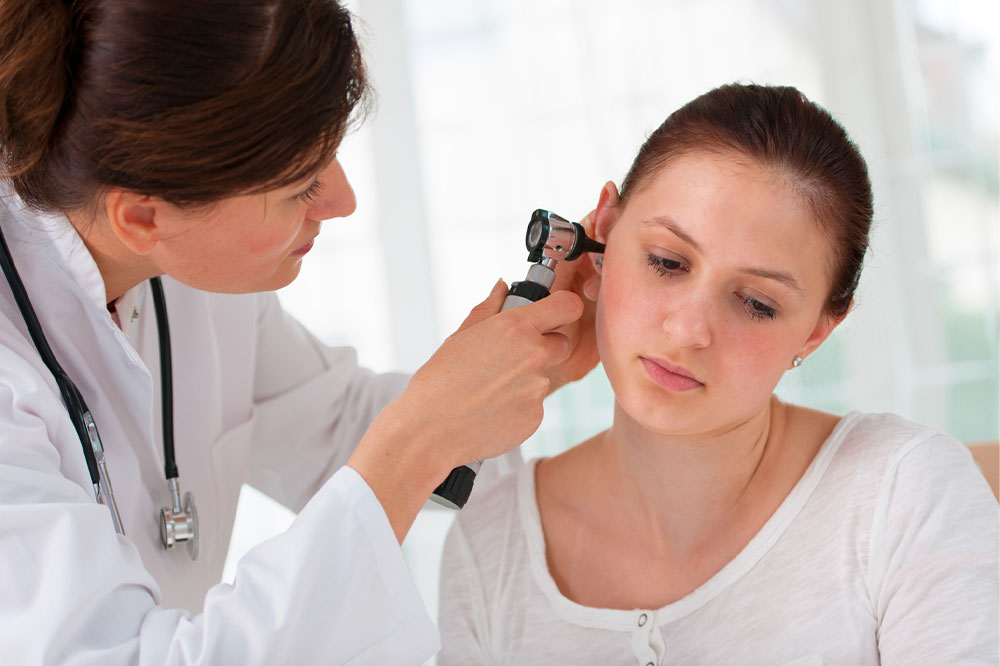Key Insights into Movement Disorders: Causes, Types, and Treatments
This article offers a comprehensive overview of movement disorders, including their types, causes, symptoms, and available treatments. It explains how these neurological conditions affect involuntary movements and daily living activities. The piece emphasizes the importance of proper diagnosis and personalized treatment options such as medication, therapy, and surgical interventions. Designed to educate readers, it highlights ongoing research into causes and management strategies, aiming to enhance understanding and support for affected individuals.

Key Insights into Movement Disorders: Causes, Types, and Treatments
Understanding the fundamentals of movement disorders
Every voluntary or involuntary motion in the body involves intricate communication between the nervous system, nerves, and muscles. When any component suffers malfunction or injury, it can lead to significant issues. Movement disorders are neurological conditions characterized by abnormal involuntary movements that impact quality of life.
These disorders may target specific areas or multiple parts of the body, progressively worsening over time. They influence movement speed, fluidity, and ease, making simple tasks like walking, writing, or dressing challenging for affected individuals.
Discover more about different types, causes, symptoms, and treatment options for movement disorders.
What are common types of movement disorders?
Ataxia: Affects coordination, causing imbalance and speech or limb movement issues.
Dystonia: Characterized by persistent involuntary muscle contractions that produce twisting or repetitive motions, affecting one or multiple regions.
Parkinson’s disease: A degenerative condition marked by stiffness, tremors, slow movement, and balance difficulties.
Functional movement disorder: Also called psychogenic movement disorder, featuring tremors, spasms, jerks, and gait problems.
Chorea: Causes rapid, irregular, involuntary movements of the face and body.
Multiple system atrophy: A rare disorder damaging various neurons in the brain and spinal cord, affecting multiple functions.
Causes behind movement disorders
While the exact cause often remains unknown, factors like infections, inflammation, toxins, strokes, injuries, metabolic issues, genetics, autoimmune responses, and medication reactions can contribute.
Environmental exposures, such as metals or pesticides, along with hereditary and age-related factors, also play roles.
Metabolic disturbances like hyperthyroidism and nerve-related diseases, including Parkinson’s, are other contributing elements.
Ongoing research continues to explore the precise causes of these conditions.
Symptoms and signs of movement disorders
Early symptoms often include muscle stiffness and weakness that develop gradually.
As progression occurs, involuntary movements like twitches, tics, and spasms may appear.
Increased muscle tone may cause rigidity, often accompanied by pain or spasms, particularly in dystonia.
Other indicators include poor coordination, balance issues, abnormal postures, gait difficulties, frequent falls, and excessive spontaneous movements.
Approaches to treatment
Diagnosis begins with a detailed assessment of symptoms, medical and personal history.
Diagnostic tools such as MRI, nerve studies, neuropsychological testing, electromyography, and EEG are utilized.
Based on diagnosis, appropriate treatments like medications, Botox injections, or deep brain stimulation may be recommended.
Additional therapies include occupational and speech therapy, alongside intrathecal baclofen for spasticity management.
Post-treatment care may involve dietary modifications and home healthcare services to facilitate recovery.










